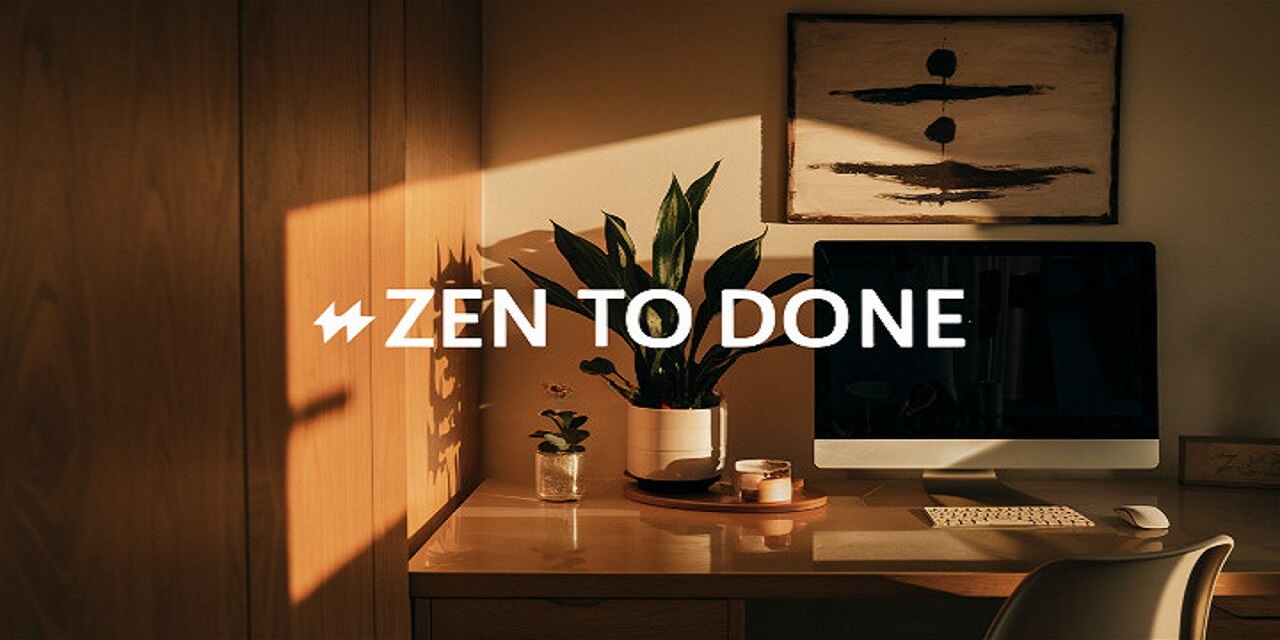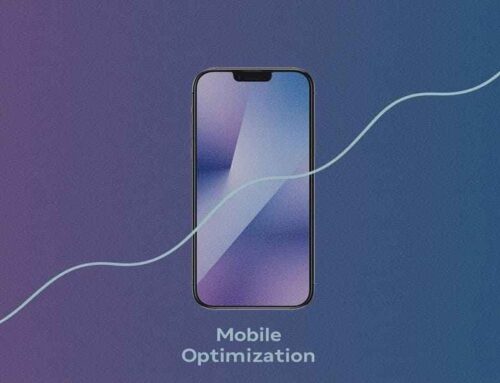
Zen to Done
In our fast-paced world, to-do lists seem to grow longer by the minute and the constant pressure to achieve can leave us feeling overwhelmed and stressed. Enter the concept of Zen to Done (ZTD), a productivity philosophy that aims to achieve a state of calmness and clarity amidst the chaos.
Developed by Leo Babauta, ZTD is less about getting everything done and more about focusing on what truly matters. It’s a framework for managing tasks, information and projects in a way that reduces anxiety and promotes a sense of peace and accomplishment.
The Core Principles of Zen to Done
ZTD rests on five core principles that guide the overall approach:
- Capture everything: Don’t let ideas and tasks float around in your head, causing mental clutter. Capture everything – from grocery lists to project ideas – in a trusted system like a notebook, app or voice recorder. This frees up your mind to focus on the present task at hand.
- Process everything: Regularly review your captured items and decide what to do with each one. Ask yourself: Is this actionable? Does it require a next step? Can it be delegated or deleted? By processing your captured items, you prevent them from becoming a never-ending to-do list.
- Organize by context: Don’t have one long, intimidating to-do list. Instead, organize tasks by context. For example, create separate lists for things you can do at your computer, on the phone or while running errands. This allows you to focus on tasks that can be completed efficiently in a given situation.
- Review regularly: Regularly review your project lists and next-action lists (lists of the next steps for each project) to ensure you’re on track and prioritize tasks effectively. This helps you stay focused and avoid feeling overwhelmed by the bigger picture.
- Do the next action: Once you’ve identified your next action for a project, focus on completing that single task. Don’t get bogged down by thinking about the entire project or what comes next. This helps you make progress and build momentum.
Benefits of Zen to Done
Adopting a Zen to Done approach can bring numerous benefits to your life:
- Reduced Stress and Anxiety: By capturing and organizing your tasks, you eliminate the mental burden of keeping everything in your head. This reduced pressure can lead to a calmer and more focused state of mind.
- Increased Productivity: Focusing on one next action at a time allows you to get things done efficiently without feeling overwhelmed. You’ll find yourself accomplishing tasks more effectively and with greater clarity.
- Improved Time Management: ZTD helps you prioritize tasks based on context and importance. This allows you to allocate your time strategically and avoid wasting valuable minutes on unimportant activities.
- Greater Sense of Accomplishment: Regularly reviewing your projects and completing next actions keeps you focused on progress. Seeing tasks get checked off your list can be incredibly motivating and contributes to a sense of accomplishment.
- Enhanced Creativity: By clearing your mind of clutter and focusing on the present task, ZTD can free your mind to explore new ideas and engage your creative side.
Implementing Zen to Done in Your Life
Getting started with Zen to Done is easier than you might think. Here are some practical steps to put the philosophy into action:
- Choose Your Capture Tool: Find a system or tool that works for you to capture everything from to-do items to random thoughts. This could be a dedicated notebook, a digital app or even voice recordings. The key is to have it readily available to capture ideas whenever they arise.
- Schedule Regular Processing Sessions: Dedicate time – even just a few minutes each day or a dedicated weekly session – to review your captured items. Ask yourself the essential questions: Is this actionable? What’s the next step? Can it be delegated or deleted? By dedicating specific times for processing, you prevent your captures from becoming a never-ending list.
- Create Contextual Lists: Break down your to-do list into smaller, more manageable lists based on context. These could include lists for tasks you can complete:
- @computer
- @phone
- @errands
- @waiting for someone else
This allows you to focus on tasks that can be done efficiently in a given situation, like knocking out quick phone calls while waiting at the doctor’s office.
- Prioritize Next Actions: For each project on your list, identify the single most important next action. This is the step that will move the project forward the most. Focus all your energy on completing that specific task. Once finished, identify the next action for that project and repeat the process.
- Embrace Minimalism: ZTD and minimalism go hand-in-hand. By reducing physical and digital clutter, you free up mental space and create a calmer environment. This can involve decluttering your workspace, simplifying your digital life and focusing on experiences over material possessions.
Additional Tips for a Successful Zen to Done Journey
- Start Small: Don’t try to overhaul your entire system at once. Begin by implementing one or two principles at a time and gradually build your ZTD practice.
- Be Flexible: There’s no one-size-fits-all approach to ZTD. Adapt the core principles to fit your unique workflow and preferences.
- Be Patient: Building a new system takes time. Don’t get discouraged if it doesn’t feel perfect right away. Be patient and consistent in your practice and you’ll see improvements over time.
- Focus on Progress, Not Perfection: The goal of ZTD is to achieve a sense of peace and accomplishment, not to have a perfectly organized system. Don’t get bogged down by minor details; celebrate progress and focus on moving forward.
- Review and Refine: As you use ZTD, you’ll discover what works best for you. Regularly review your system and make adjustments as needed.
Zen to Done vs. Getting Things Done (GTD)
While Zen to Done is inspired by the popular productivity method Getting Things Done (GTD) developed by David Allen, there are some key differences. GTD is a more complex system with a focus on capturing, organizing and processing a vast amount of information. ZTD, on the other hand, emphasizes simplicity and minimalism. It aims to distill GTD’s core principles into a more streamlined and user-friendly approach, offering a lighter touch for those who find GTD overwhelming.
Who Can Benefit from Zen to Done?
Zen to Done offers a flexible framework that can benefit anyone looking to:
- Reduce stress and anxiety
- Improve productivity and time management
- Gain a sense of accomplishment
- Enhance creativity and focus
- Live a more intentional and minimalist life
Whether you’re a busy professional, a student or simply someone looking for a calmer approach to tackling your to-do list, Zen to Done provides a path to achieve a state of “being done” without the stress of “getting everything done.”
Conclusion
In today’s cluttered and demanding world, Zen to Done offers a refreshing and practical approach to achieving productivity and peace of mind. By focusing on capturing, processing, organizing and tackling one task at a time, ZTD helps you clear your mind, prioritize what matters most and achieve a sense of accomplishment.
With a minimalist approach and a focus on progress over perfection, Zen to Done empowers you to live a more intentional and less stressful life. So, why not give it a try and discover the Zen of getting things done?















New concept I learnt today. Thank you <3